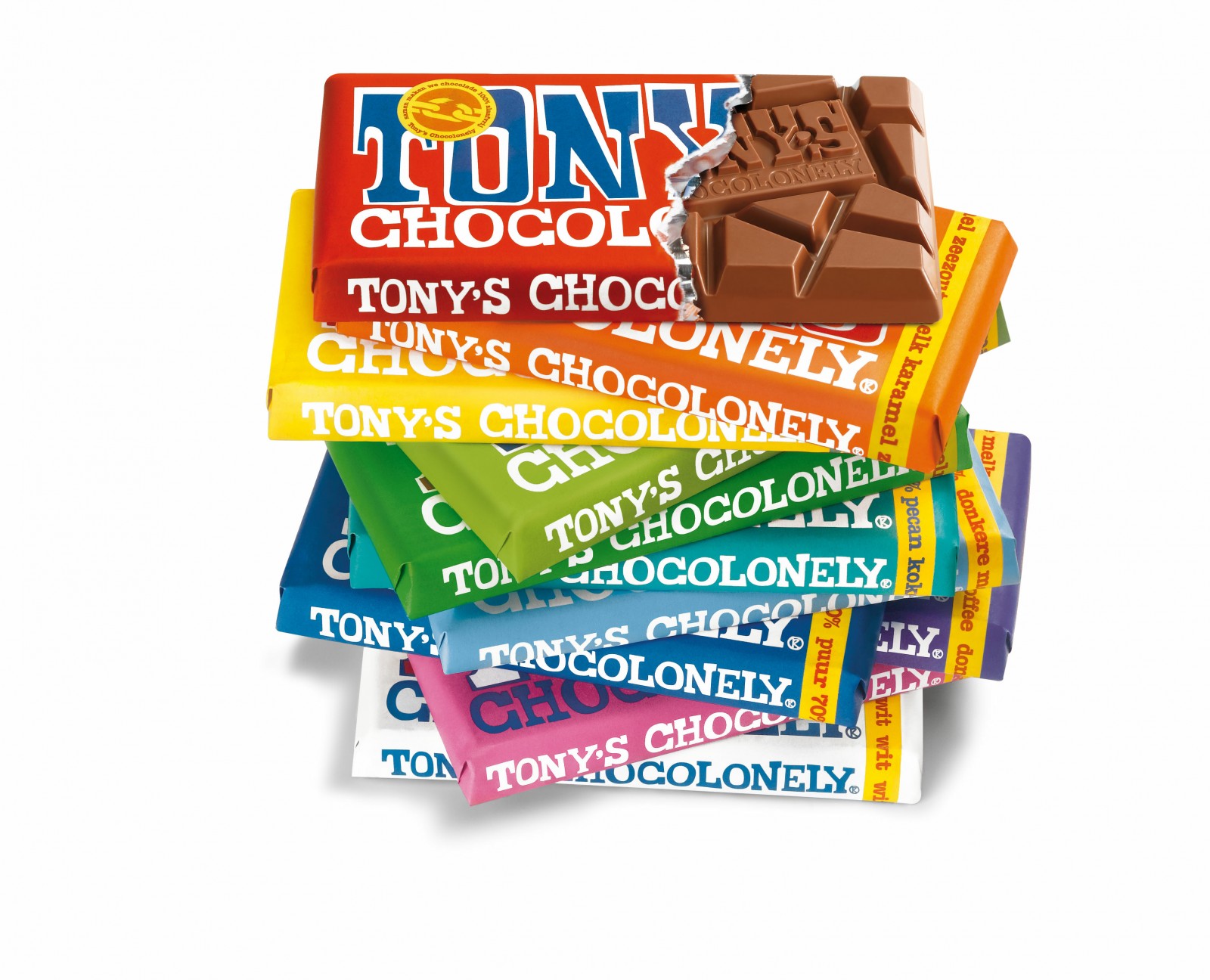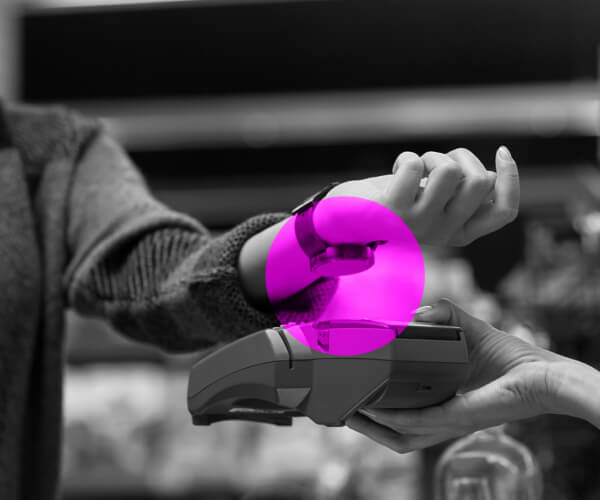In the realm of luxury foods, sustainability has emerged as a key factor influencing consumer choices. Startups like Oatly, Viva Con Agua, Lemonaid, and Veganz have pioneered sustainability in their categories, prompting established brands to reevaluate their strategies. However, the pivotal question remains: does sustainability alone drive purchasing preference, and does it apply universally across all product categories?
A joint study by Behaviorally and Geoffrey Hildbrand from the design  studio Popular Packaging delves into this dilemma, particularly focusing on sustainable chocolate. The study underscores that the success of sustainable alternatives depends on striking a delicate balance between brand and taste promises, sustainability, and visual appeal – echoing Bertolt Brecht's sentiment: "First comes the eating, then comes the morals."
studio Popular Packaging delves into this dilemma, particularly focusing on sustainable chocolate. The study underscores that the success of sustainable alternatives depends on striking a delicate balance between brand and taste promises, sustainability, and visual appeal – echoing Bertolt Brecht's sentiment: "First comes the eating, then comes the morals."
Packaging design has undergone significant transformation, introducing a "design language of sustainability" with specific codes aimed at sustainability-oriented consumers. This shift is evident in both mainstream brands and startups, each adopting distinct strategies. While startups leverage sustainability to carve a niche and grow into the mainstream, established brands incorporate sustainability into their existing lines, ensuring visibility without compromising brand identity.
To unravel the role of packaging design, Popular Packaging and Behaviorally  conducted a study, specifically examining the influence of sustainability codes on consumer behavior in the chocolate market. The findings reveal that sustainable packaging alone falls short of ensuring success. In a shelf comparison of 20 chocolate brands, those explicitly emphasizing sustainability witnessed a decline in preference.
conducted a study, specifically examining the influence of sustainability codes on consumer behavior in the chocolate market. The findings reveal that sustainable packaging alone falls short of ensuring success. In a shelf comparison of 20 chocolate brands, those explicitly emphasizing sustainability witnessed a decline in preference.
The study highlights three crucial learnings:
KEY LEARNING #1: IT'S ALL ABOUT TASTE APPEAL.
The study emphasizes that an overemphasis on sustainability codes detracts from what truly makes chocolate desirable – its taste. Brands focusing solely on sustainability exhibit a noticeable lack of emotion, placing them at a disadvantage compared to mainstream brands.
KEY LEARNING #2: COLOR. COLOR. COLOR.
The design strategy of using reduced colors to underscore sustainability may limit potential in pleasure-driven markets. Visual signals like color play a crucial role in gaining visibility and relevance. Challenger brands succeed when combining sustainability with strong visual signals, unlike those neglecting this crucial aspect.
KEY LEARNING #3: KEEP IT SIMPLE.
Complex designs hinder intuitive and quick information processing. Packaging must convey a clear message, quickly understandable during the purchasing process. Many sustainability brands fail in this regard by communicating too much, increasing deselection on the shelf.
Beyond the chocolate market, these learnings underscore that, in pleasure-driven markets, taste remains paramount. Sustainability, while morally crucial, takes a backseat in purchasing decisions. Successful sustainable brands understand consumer habits and the dynamics of the shelf, developing a design language that balances sustainability and mainstream appeal.
Examples like Tony's Chocolonely and Pacari illustrate the potential for success in developing distinctive brand languages with a sustainable touch. Implicit references to social movements and linking premium signals with sustainability showcase innovative approaches that go beyond conventional sustainability codes.
In essence, the challenge for sustainable challenger brands lies in creating a brand language for "sustainable [product] enjoyment" that resonates with consumers without compromising on the pleasure-driven aspects of their products.
THE AUTHOR
Christian Dössel, serving as the Senior Vice President, spearheads our operations across the  German regions, particularly in our Hamburg and Frankfurt offices. With over 23 years of dedicated service in the marketing research sector, Christian has developed a deep understanding of the intricate relationship between Behavioral Science and Market Research. Renowned for his extensive contributions to the field, Christian stands as a distinguished author and keen observer within the market research industry. His insights and expert analyses are frequently featured in prominent German publications, showcasing his depth of knowledge and dedication to the field.
German regions, particularly in our Hamburg and Frankfurt offices. With over 23 years of dedicated service in the marketing research sector, Christian has developed a deep understanding of the intricate relationship between Behavioral Science and Market Research. Renowned for his extensive contributions to the field, Christian stands as a distinguished author and keen observer within the market research industry. His insights and expert analyses are frequently featured in prominent German publications, showcasing his depth of knowledge and dedication to the field.


